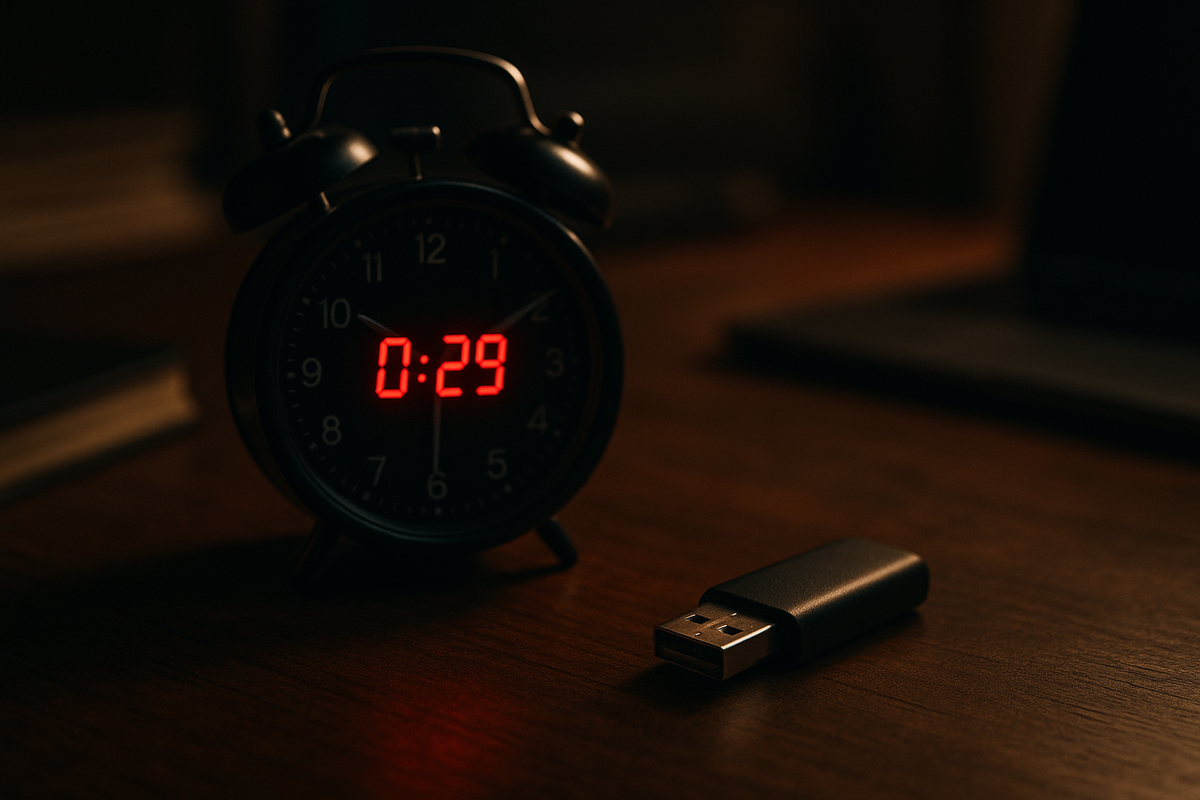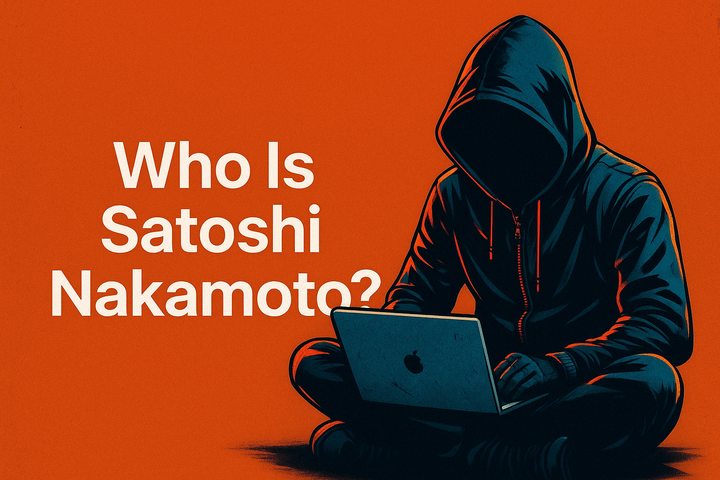You Have 30 Minutes Before a Raid: Where Do You Hide Your USB Drive?
Digital security is physical security. Here’s how to think like an investigator—and stay one step ahead.

You get a tip that the feds—or any investigative force—are about to raid your home.
You have 30 minutes.
They’ll be searching for evidence, devices, and anything that connects you to sensitive data.
You have one small USB drive that matters more than anything—your Bitcoin seed phrase, private documents, whistleblower files, or encryption keys.
The question isn’t just where to hide it.
It’s how to make it invisible.
1. Understand How Raids Work
When professionals conduct a raid, they go through your environment systematically:
- Priority zones: desks, drawers, computers, safes, nightstands.
- Digital zones: laptops, routers, USB hubs, external drives.
- Secondary zones: bookshelves, closets, kitchen drawers.
- Hidden compartments: walls, floors, vents—checked with thermal or fiber-optic cameras.
If it looks like a “hiding spot,” it will be checked.
So your goal isn’t to hide something well. It’s to make it uninteresting.
2. Hide in Plain Sight
The best hiding spots don’t look like hiding spots.
Here are examples of camouflage-level storage:
- Inside a common household item:
- Hollowed-out power adapter, shampoo bottle, or deodorant stick.
- Behind a false label on a food box.
- Under a fridge drip tray (dirty and overlooked).
- Inside tech junk:
- Old printer or router—especially one with a fake serial number sticker.
- A dead power bank that “doesn’t charge.”
- Inside a broken DVD player—no one’s opening that.
- Embedded in clutter:
- Drop it into a bin of screws, nails, or cables.
- Tape it behind a bookshelf bracket, not the shelf itself.
- Hide it in the bottom of a trash can with real trash on top.
Remember: search teams are fast, not delicate.
They have limited time and energy.
3. Decoys Buy You Time
If you have something worth hiding, assume they expect you to hide it.
Create false positives:
- Leave an obvious encrypted USB in a desk drawer—password-protected with junk data.
- Leave a spare laptop open with meaningless files named “confidential.”
- If you use Bitcoin, create a decoy wallet with a few small amounts.
The goal: satisfy curiosity. Let them think they’ve found what they came for.
4. The Ultimate Move: Offsite or Off-Device
If you have hours or days to prepare, your best hiding place is somewhere else entirely.
- Bury it: small waterproof capsule under a fence post or garden rock.
- Store it remotely: with a trusted friend, safety deposit box, or hidden cache in a storage unit.
- Split it: use a Shamir Secret Share (e.g., divide your seed phrase or key) and store pieces in separate locations.
When your physical space becomes unsafe, decentralization is your friend.
5. Mental Note: The Real Risk Is Forgetting
Hiding data too well is as dangerous as not hiding it at all.
Use a mental map or coded note only you can decode later.
Don’t trust your memory alone, stress changes everything.
If you’re preparing for such a scenario, practice:
- Time yourself finding your own cache.
- Rotate hiding spots occasionally.
- Assume you’ll forget after six months—and plan accordingly.
6. The Self-Sovereign Lesson
Owning your data, keys, or evidence means owning the risk of physical custody.
The line between privacy and exposure isn’t just encryption—it’s operational security.
In a world where privacy is criminalized, sovereignty means thinking beyond passwords.
It means thinking tactically, spatially, and quietly.
Final Thought
You have 30 minutes.
Don’t panic.
Don’t overthink it.
Your goal isn’t perfection—it’s misdirection.
Hide it like it doesn’t matter, and it just might survive.
Want more guides on data privacy, self-custody, and real-world sovereignty?
👉 Subscribe to ON Network — we teach the mindset, tools, and tactics for freedom in the digital age.



Comments ()